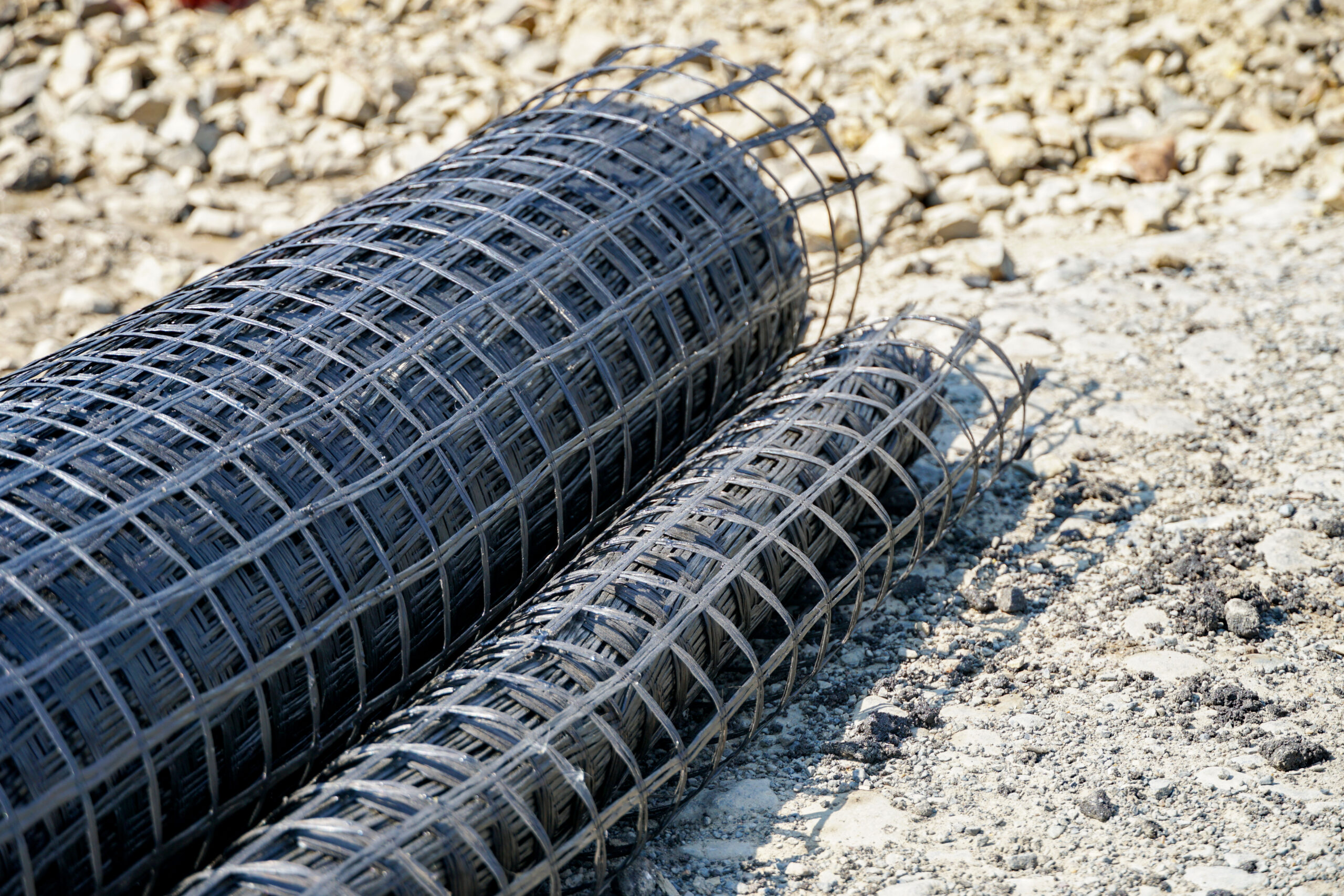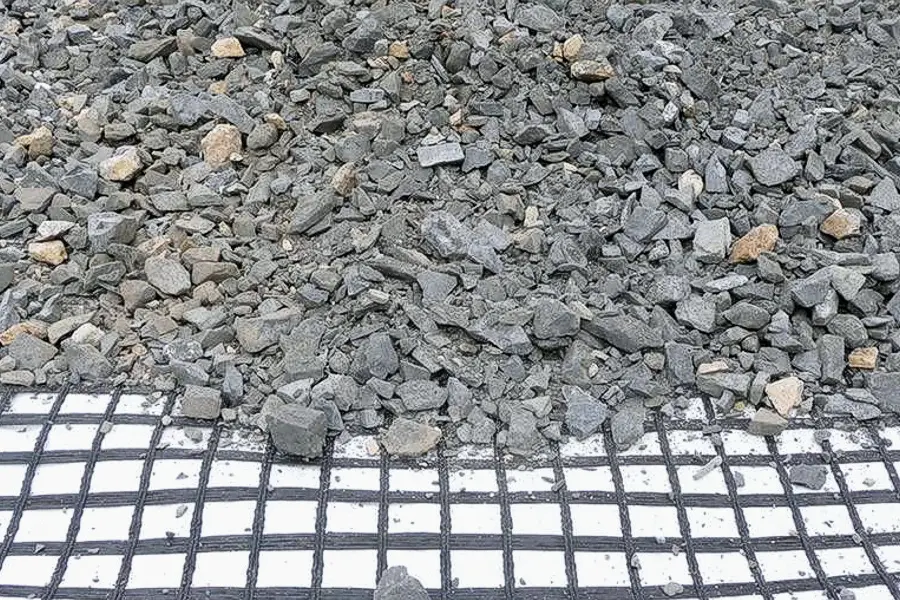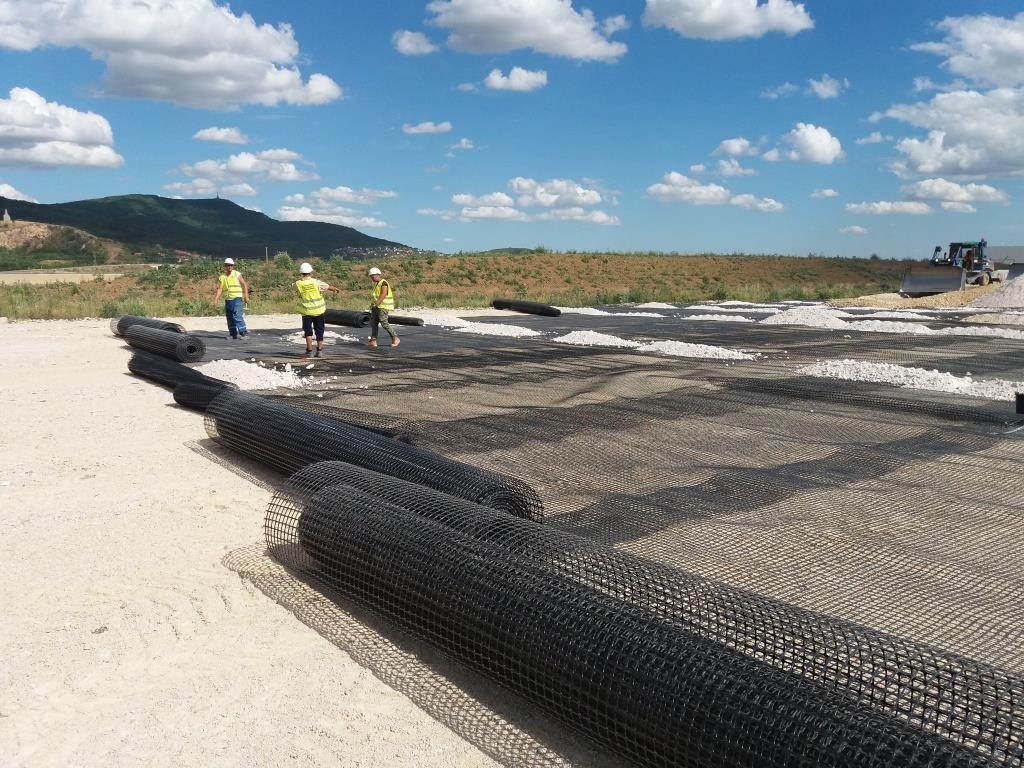Separation: geogrid is produced in different mesh sizes, which gives the possibility to use different aggregate fractions. An optimal mesh size prevents the fragments from sinking into softer soil layers.
Reinforcement: Geogrid increases the load-bearing capacity of aggregate on paved and unpaved roads. The geogrid distributes the load over a large area and significantly reduces the load on the lower layers of the soil.


